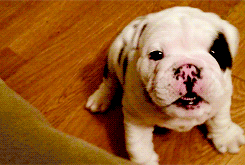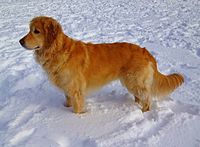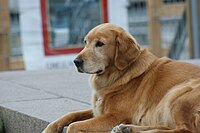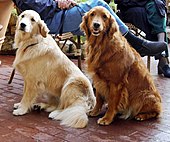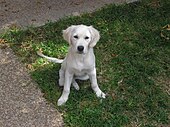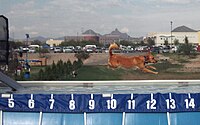ISLAND PUPPIES PRE BLACK FRIDAY SALE !
PRE HOLIDAY SPECIAL!
$500 OFF PRE ORDER SPECIAL !
$100 CUSTOMER REFERRALS !
CALL OR TEXT (631) 624-5580
ISLAND PUPPIES HELPS CONSUMERS FIND THEIR NEW BEST FRIEND!
*(Share This Post To As Many Friends As Possible To Receive As Many $100 New Customer Referrals)...
NEW PUPPIES FOR SALE LONG ISLAND, NY, NYC, NJ, CT, MANHATTAN, STATEN ISLAND, USA. ALL BREEDS...CALL OR TEXT (631) 624-5580 Testimonials: Click Link Below: https://youtu.be/ZTbeyyVeTOE All Breeds: Akita, American Bulldog, American Eskimo, Australian Shepherd, Australian Cattle Dog Basset Hound, Beagle, Border Collie, Bearded Collie, Bichon Frise, Bernese Mountain Dog, Blood Hound, Boxer, Brittany Spaniel, Bull Mastiff, Bull Terrier, Cairn Terrier, Cocker Spaniel, Cane Corso, Chihuahua, Corgi Welsh, Corgi Pembroke Welsh, Chinese Crested, Collie, Cavalier King Charles Spaniel, Dachshund, Dalmatian, Doberman Pinscher, Dogue De Bordeaux, English Mastiff, English Bulldog, French Bulldog, Golden Retriever, German Shepherd, Great Dane, Great Pyranese, Havanese, Italian Greyhound, Jack Russell, Japanese Chin, Keeshond, Klee Klai Labrador Retriever, Lhasa Apso, Maltese, Min Pin, Mini Poodle, Mini Schnauzer, Mini Australian Shepherd, Neopolitan Mastiff, Newfoundland, Papillon, Pekingese, Pomeranian, Poodle, Pug, Rat Terrier, Rottweiler, Standard Poodle, Saint Bernard, Shar Pei, Shih Tzu, Shiba Inu, Shetland Sheepdog, Siberian Husky, Weimeraner, West Highland Terrier, Yorkshire Terrier, Beabull, Beaglier, BichonPoo, CavaPoo, Cavachon, Chiweenie, CockaPoo, Cockalier, Goldendoodle, HavaPoo, HavaChon, HavaTzu, LhasaPoo, Labradoodle, Malshih, MaltiPoo, Mini walrus Peekapoo, PomChi, PomaPoo, Puggle, Schnoodle, Sharpeagle, ShihPoo, Teddy Bear, Yorkiechon, Yorkiepoo,






